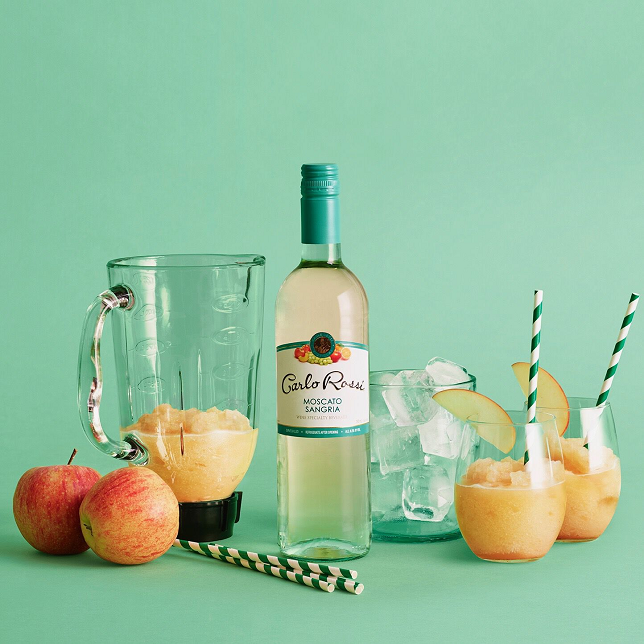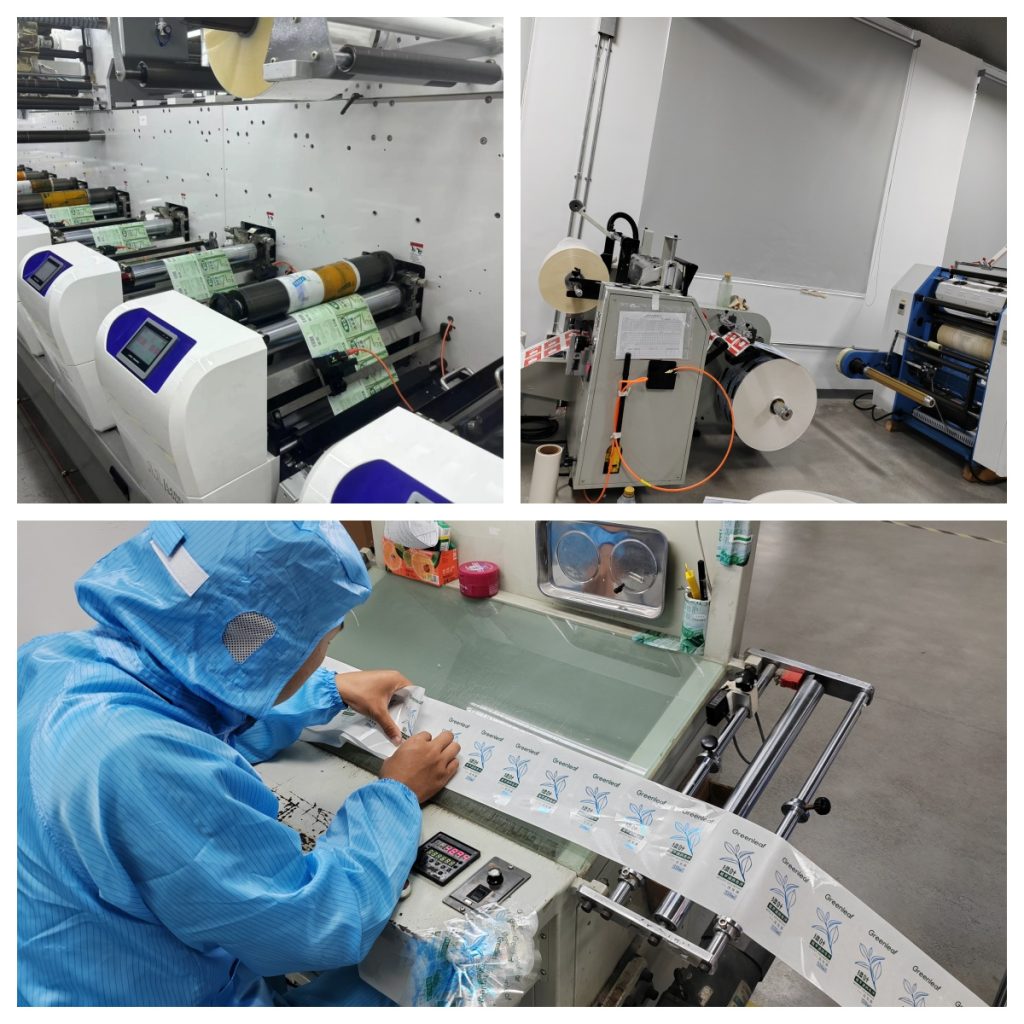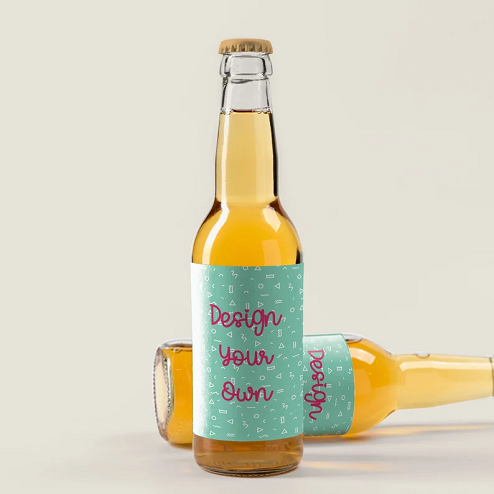At our label design and custom manufacturing factory, we understand that labels play a crucial role in brand enhancement, helping your product stand out in a crowded market. For wine factories, a well-designed label is more than just a sticker on a bottle—it’s an essential marketing tool that can captivate potential buyers and convey the quality and story of your wine.
Here’s a comprehensive guide to designing compelling custom wine labels that elevate your brand and make a lasting impression.

Understanding Wine Labels: The Basics
Wine labels serve multiple purposes: they provide essential information about the wine and its origin, and they offer a visual appeal that can attract potential buyers.
Here are the key elements to consider:
Producer Information: This includes the name of the winery or producer, which often carries a reputation and a story. Highlighting this aspect can create a connection with the consumer. Such as Carlo Rossi .
For smaller and lesser-known winemakers, the most significant wording on the label may actually be the grape variety or the wine region, with the producer name in small print.

Wine Type and Variety:
Clearly state whether the wine is a Chardonnay, Merlot, or any other variety. This helps consumers identify their preferred type easily. It's important to note that there are many different grape varieties, each with its own characteristics and flavors. Climate also affects these characteristics, with colder temperatures giving grapes more acidity and warmer temperatures nurturing tropical fruit flavors and natural sugar content.
Region of Origin:
Indicating the geographic origin, such as Napa Valley or Bordeaux, can add prestige and influence purchasing decisions. Terms like Vin de Pays (VdP), Vino de la Tierra (VdIT), and Indicazione Geografica Tipica (IGT) generally mean fewer regulations, while Appellation d'Origine Contrôlée (AOC), Denominación de Origen (DO), and Denominazione di Origine Controllata (DOC) generally mean tighter restrictions and are considered more premium.
Vintage Year:
The year the grapes were harvested. For many wine enthusiasts, the vintage year is crucial in determining the wine’s quality and taste.

Alcohol Content:
This is a legal requirement in many regions and provides important information for consumers regarding the strength of the wine.
Designing Your Custom Wine Label
Creating a custom wine label involves a blend of artistic design and adherence to regulatory standards. Here are some steps to guide you through the process:
Define Your Brand Identity:
Your wine label should reflect your brand’s personality. Whether you aim for a classic, elegant look or a modern, minimalist design, ensure it aligns with your overall branding.

Choose a Label Shape and Size:
The label should fit well on the bottle and complement its shape. Standard shapes include rectangular, oval, and circular, but custom shapes can add a unique touch.
Select Fonts and Colors:
Use fonts and colors that are legible and aesthetically pleasing. The right combination can evoke emotions and create a lasting impression.
Incorporate Imagery and Graphics:
High-quality images, illustrations, or patterns can enhance the visual appeal. Ensure that any graphics used are relevant to your wine’s story and brand.
Include Mandatory Information:
Compliance with local regulations is essential. Include all required information such as producer details, alcohol content, and health warnings.

DIY vs. Professional Printing
Depending on your needs and budget, you can either design and print your labels yourself or hire a professional service. Here are some considerations:
DIY Printing:
Ideal for small batches or personal projects. You can use online tools and templates to design your labels and print them using a high-quality printer and label paper.
Professional Printing:
For larger batches and commercial products, professional printing ensures high-quality results. Mingcai is a leading manufacturer of packaging printing in China, offer a range of customizable options and materials to suit your needs.

Sustainable and Eco-Friendly Labels
In today’s market, sustainability is a key factor. Opt for eco-friendly materials and printing processes to appeal to environmentally conscious consumers. Recycled paper, biodegradable inks, and minimalistic designs can reduce environmental impact and enhance your brand’s reputation.
Final Thoughts
Creating custom wine labels is a rewarding process that combines creativity with precision. By understanding the essential elements of wine labels and following best practices in design and printing, you can create labels that not only inform but also inspire. Whether you're making labels for a special event or launching a new wine brand, a well-designed label is a testament to the care and craftsmanship behind your wine.
Remember, your wine label is often the first interaction a consumer has with your product. Make it count.

